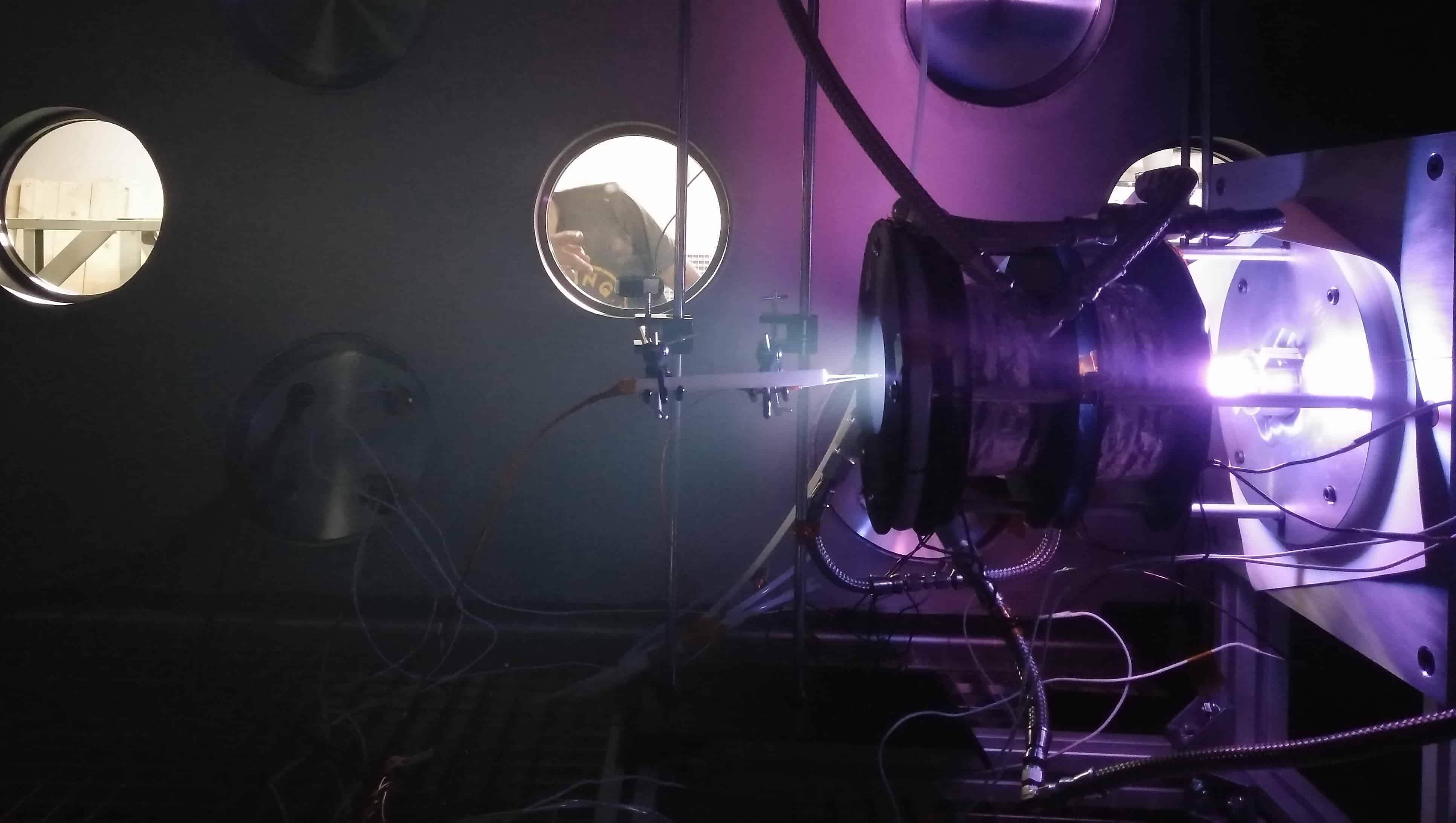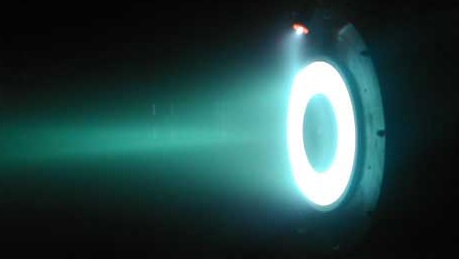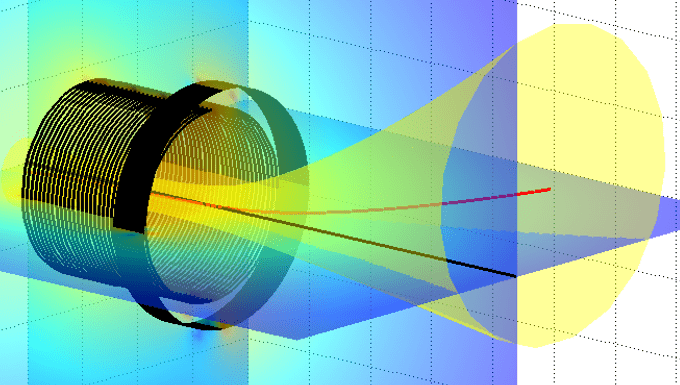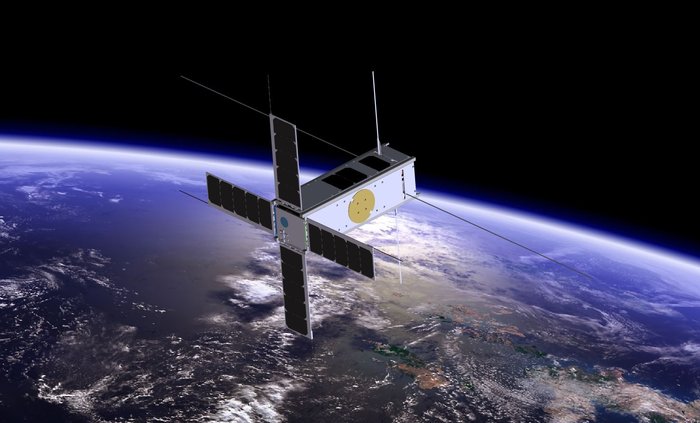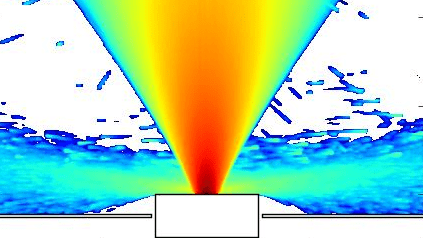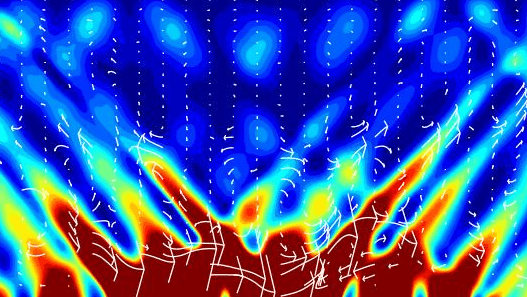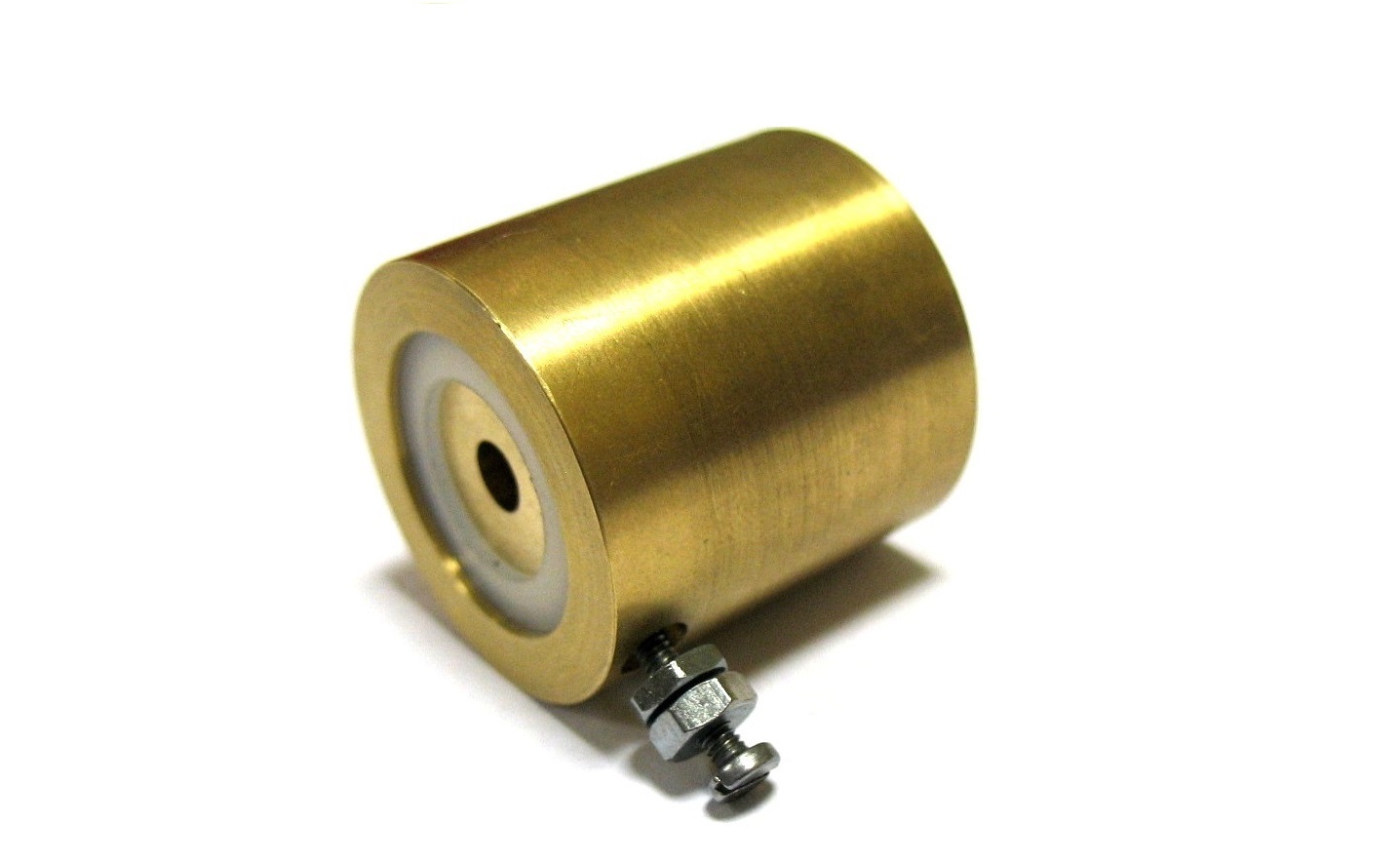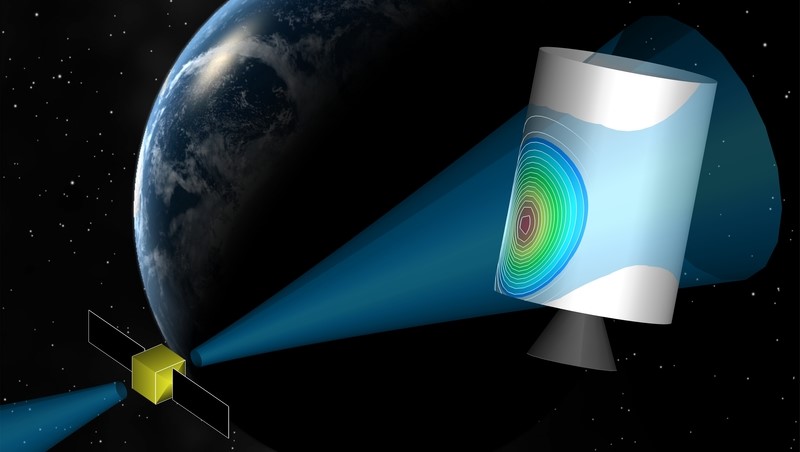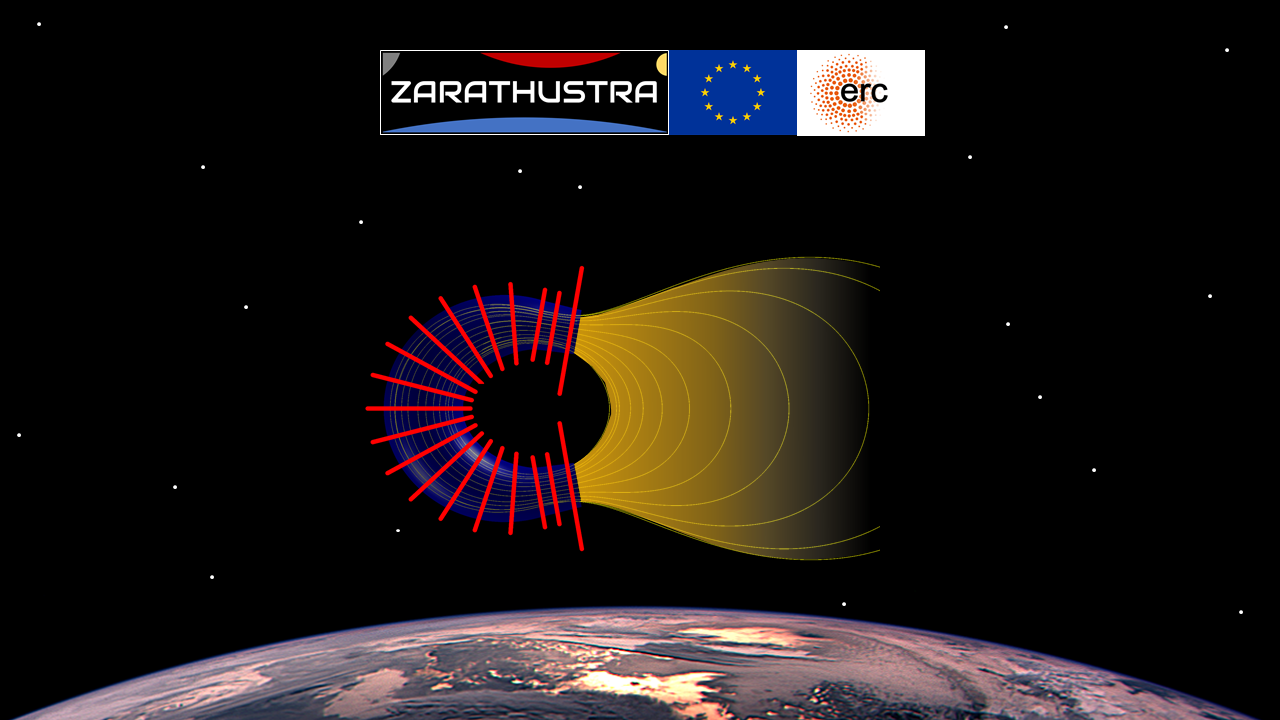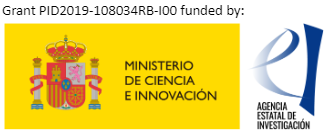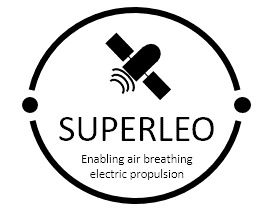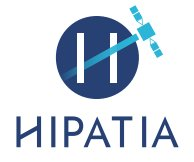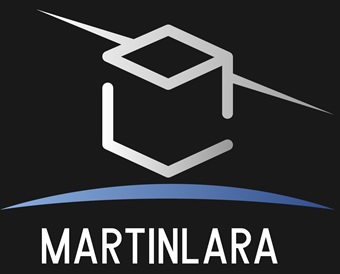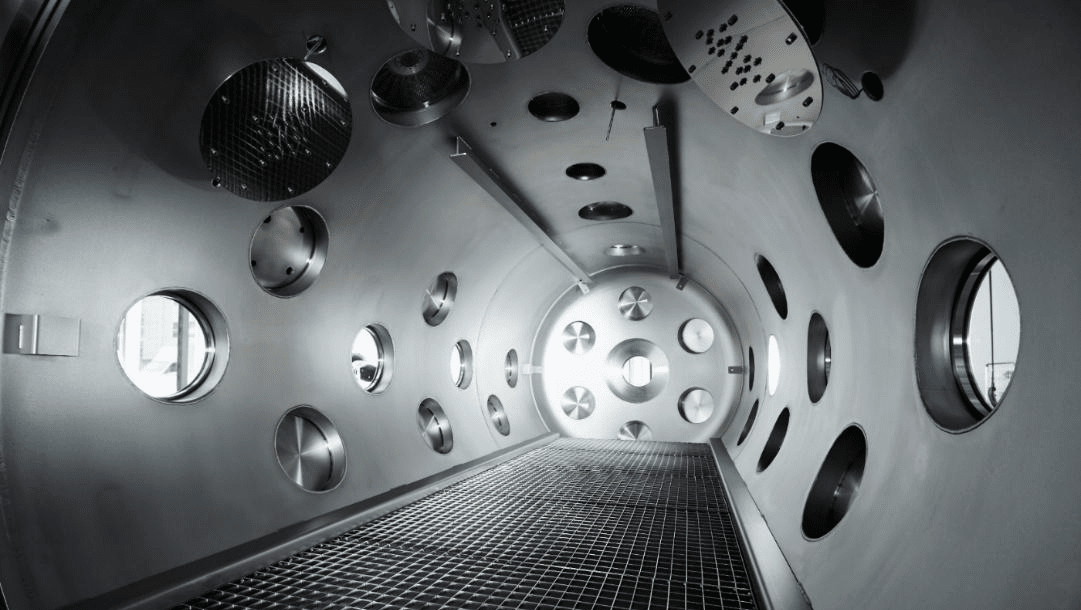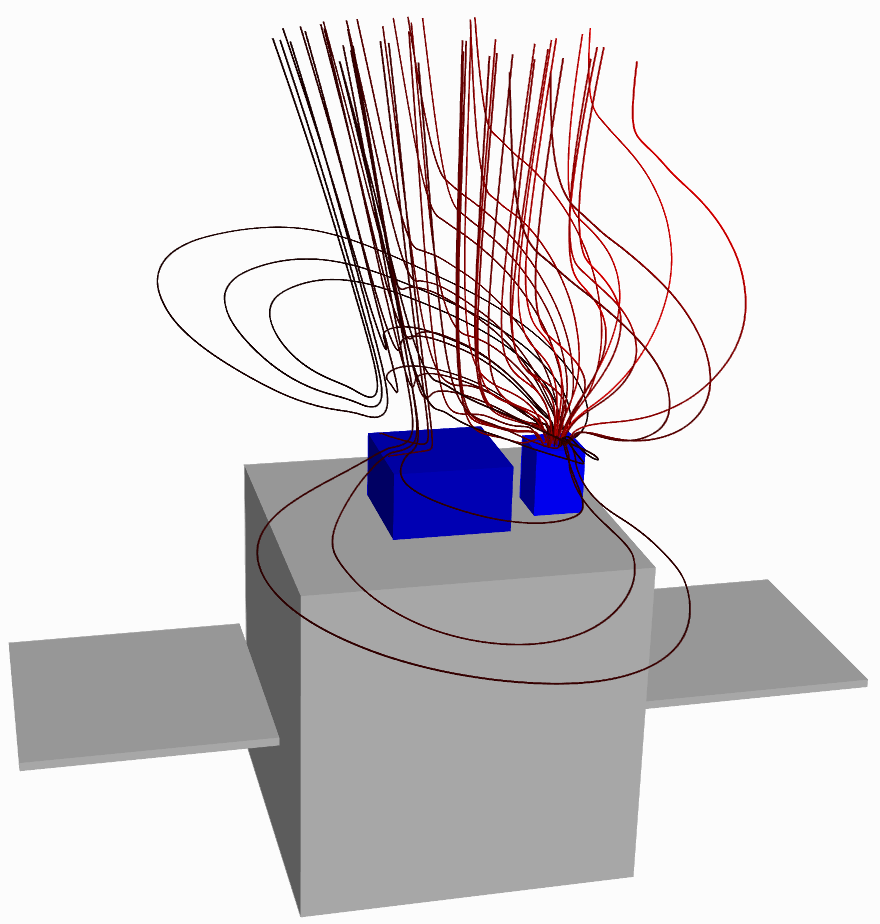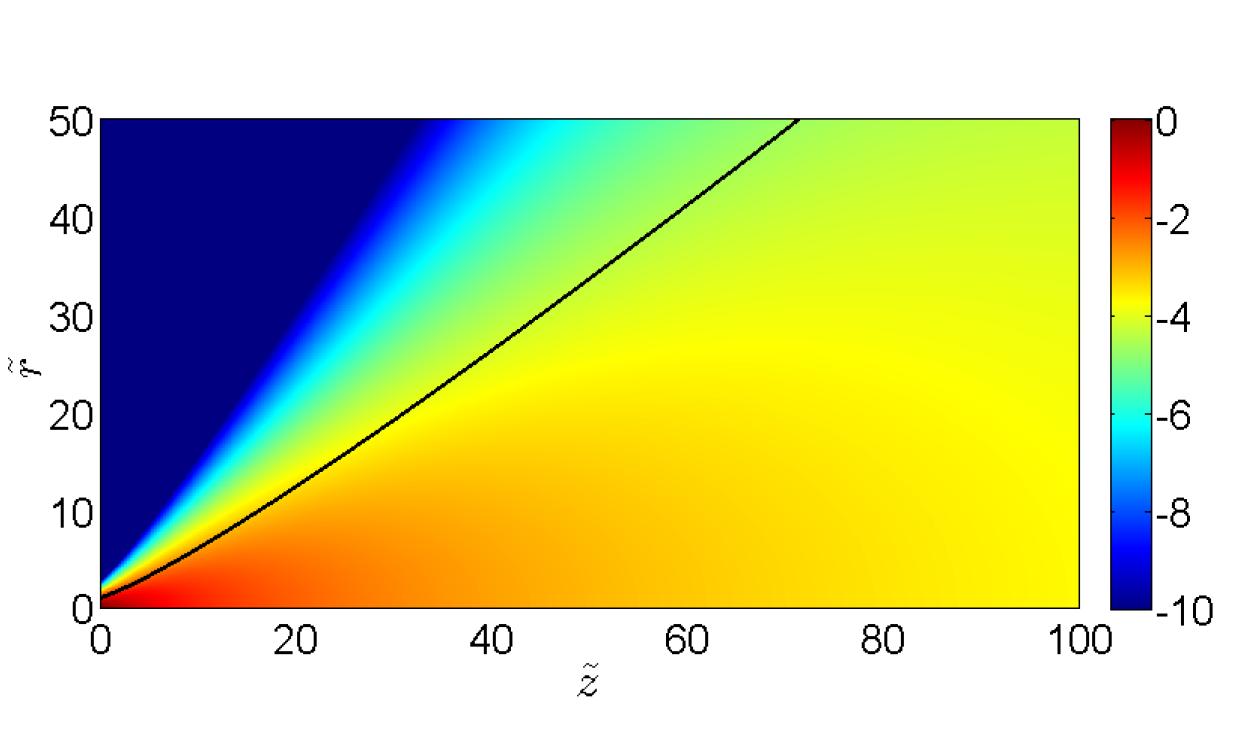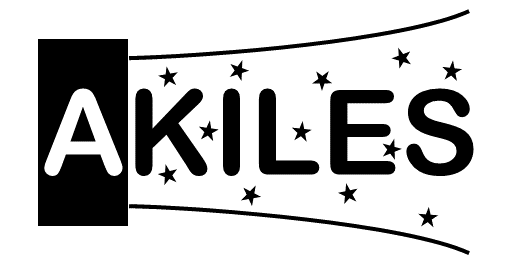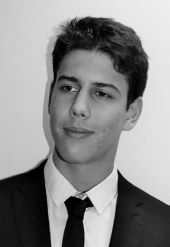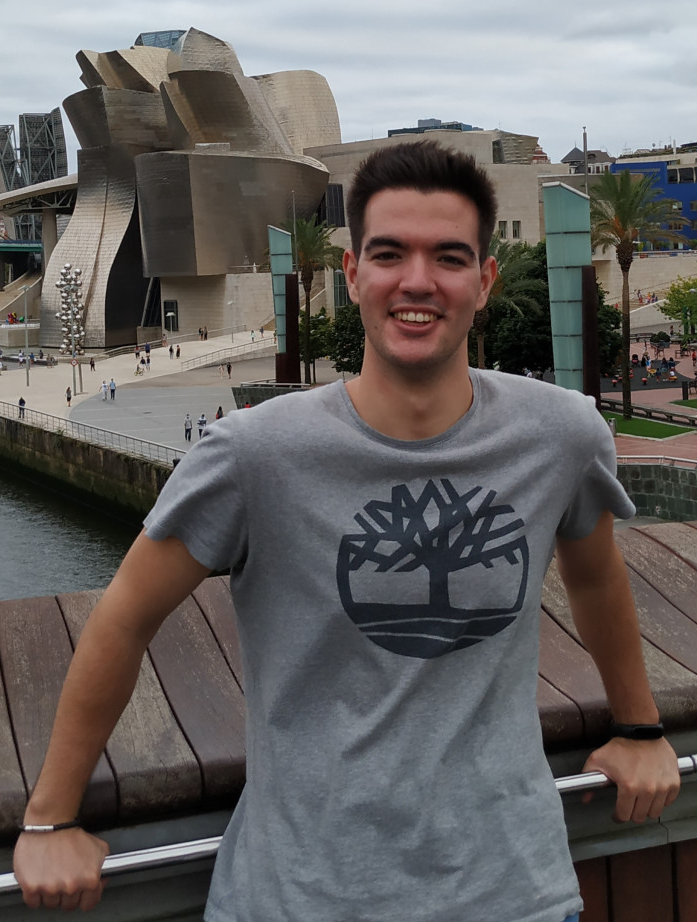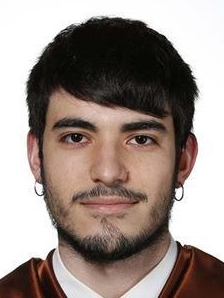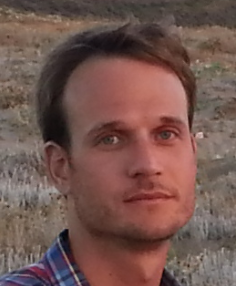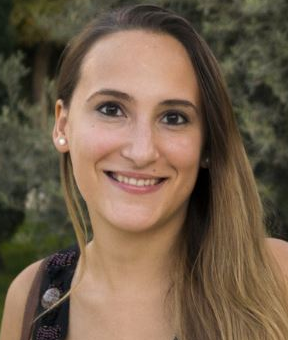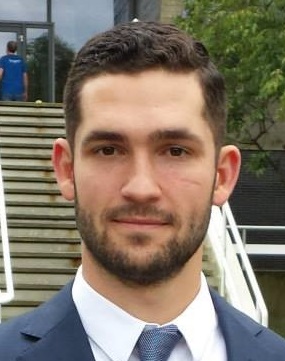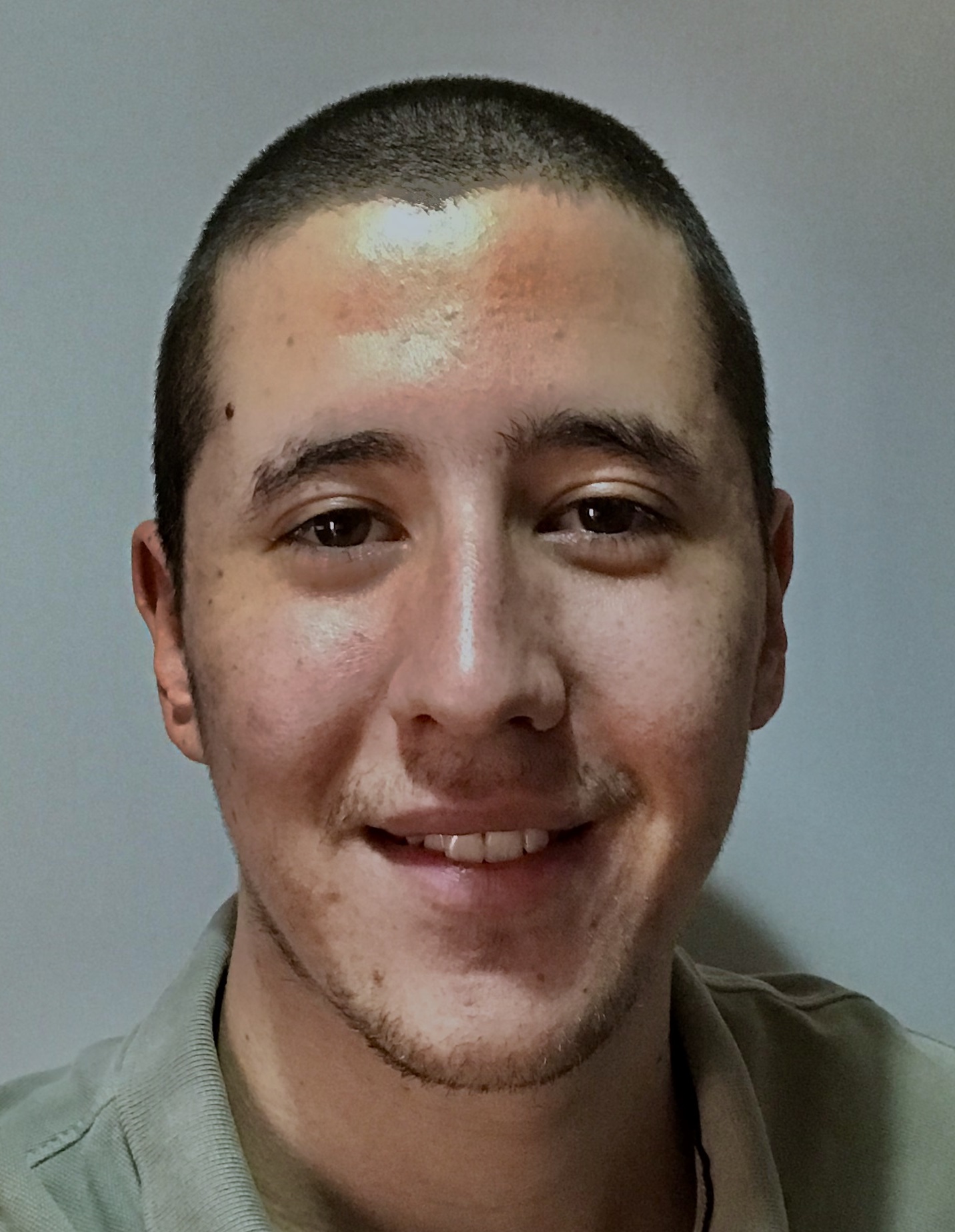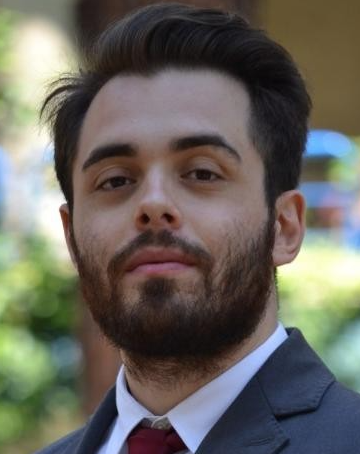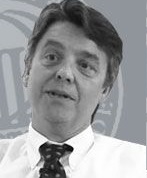
Eduardo Ahedo (Full Professor)
Research lines: Modeling and simulation of plasma propulsion technologies: Hall effect thrusters, ion thrusters, electrodeless plasma thrusters and magnetic nozzles.
Plasma plumes: expansion and interaction with objects. Basic phenomena: instabilities, kinetic description, wall interaction.

Mario Merino (Full Professor)
Research lines: Magnetized and un-magnetized plasma jet expansions, magnetic nozzles, plasma-wave interactions,
and space debris active removal

Pablo Fajardo (Full Professor)
Research lines: Hall effect thrusters, hybrid PIC-fluid simulations, experimental characterization of
plasma thrusters, plasma diagnostics, design of electric propulsion systems, fluid modeling
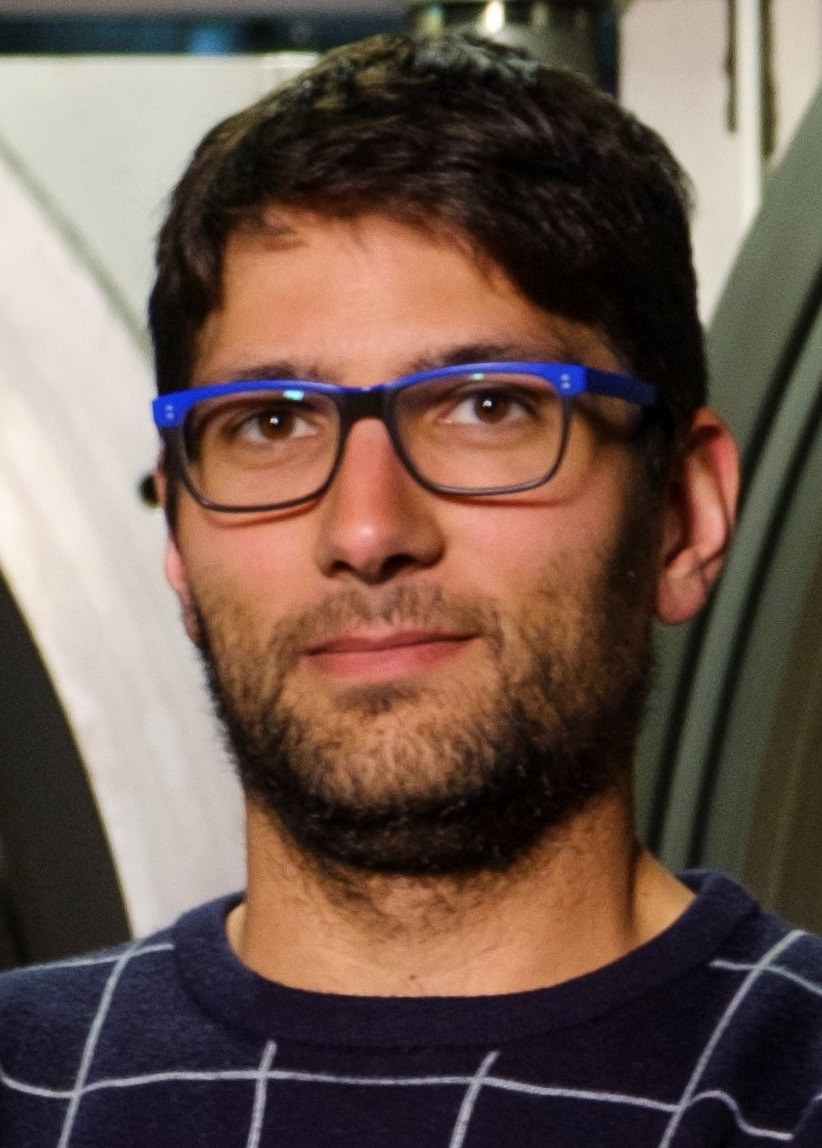
Jaume Navarro Cavallé (Associate Professor)
Research lines: Development and validation of plasma thrusters (Helicon, ECR, Hall). Design of plasma diagnostics
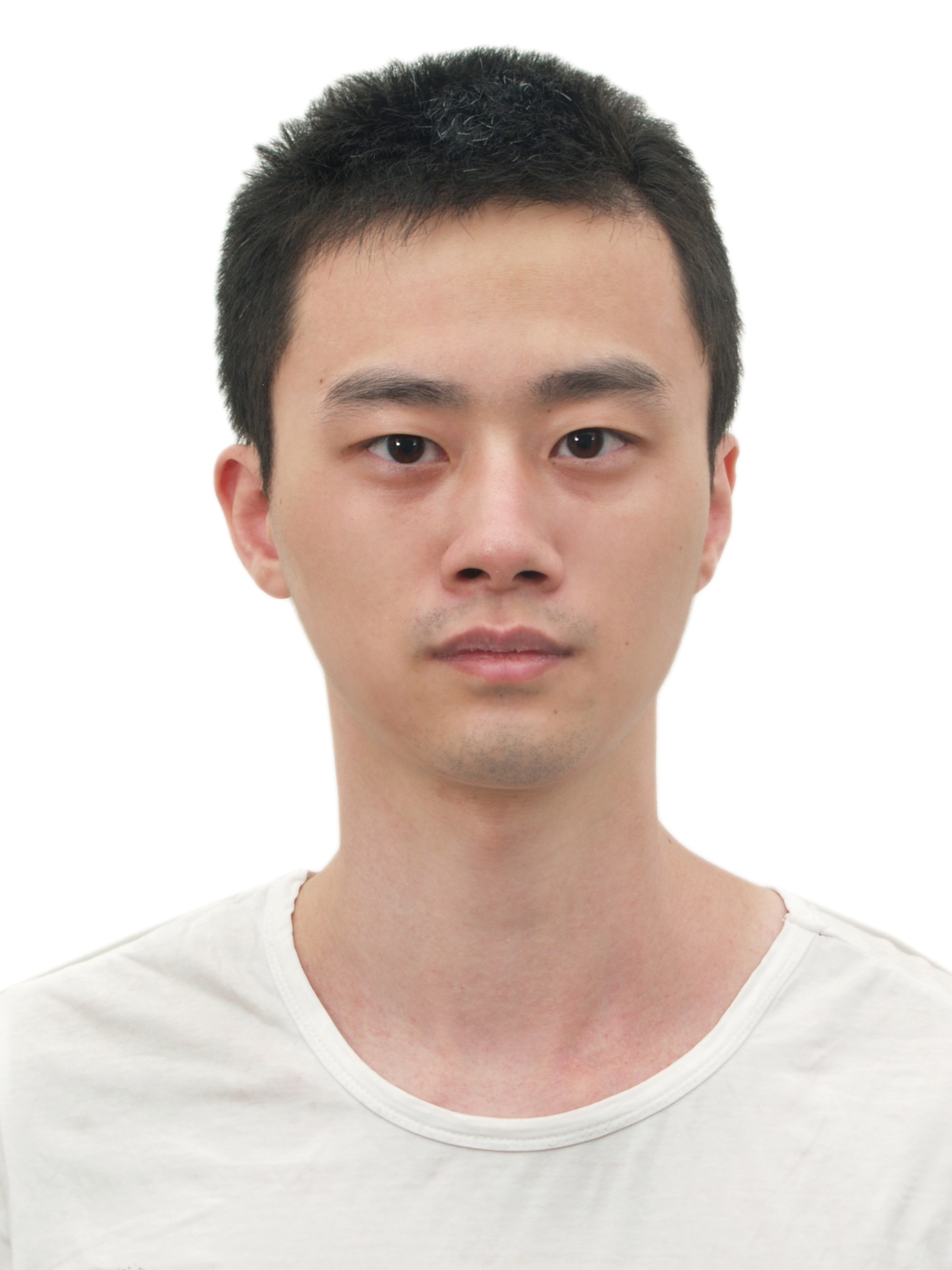
Jiewei Zhou (Assistant Professor)
Research lines: Helicon plasma thrusters, hybrid PIC-fluid simulations, magnetized plasmas plumes
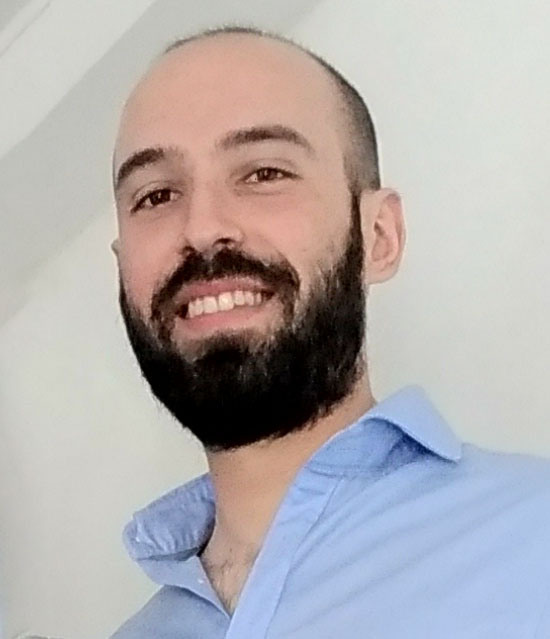
Marco Riccardo Inchingolo (Postdoctoral Researcher)
Research lines: Plasma diagnostics and electrodeless thrusters development

Jesús Perales Díaz (Postdoctoral Researcher)
Research lines: Ion Optics, Hall Effect Thruster, Full PIC and hybrid PIC/fluid modelling
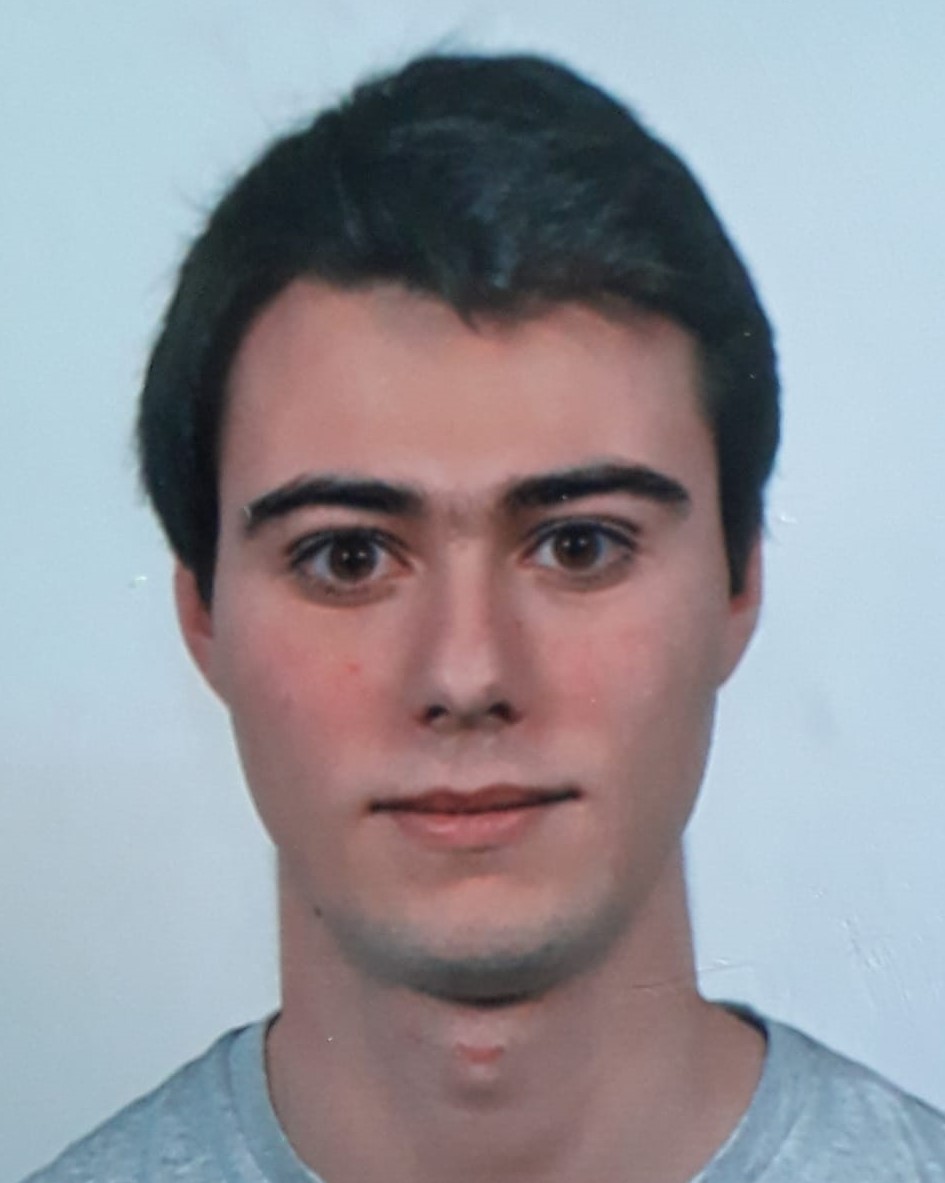
Alberto Marín Cebrián (Postdoctoral Researcher)
Research lines: Hall effect thrusters, full PIC simulations and plasma-wall interaction

Scherezade Barquero Balsera (PhD student)
Research lines: Pulsed Plasma Thrusters (PPT) modeling, design and testing
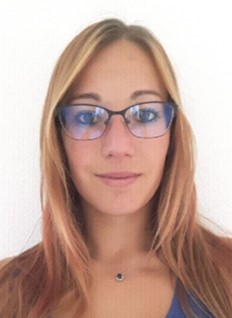
Tatiana Perrotin (PhD student)
Research lines: Design and test of a low power Hall thruster, plasma diagnostics and hollow cathodes

Francisco de Borja de Saavedra Garcia del Río (PhD student)
Research lines: Electrospray thrusters, concurrent mission analysis, performance characterization with direct diagnostics.
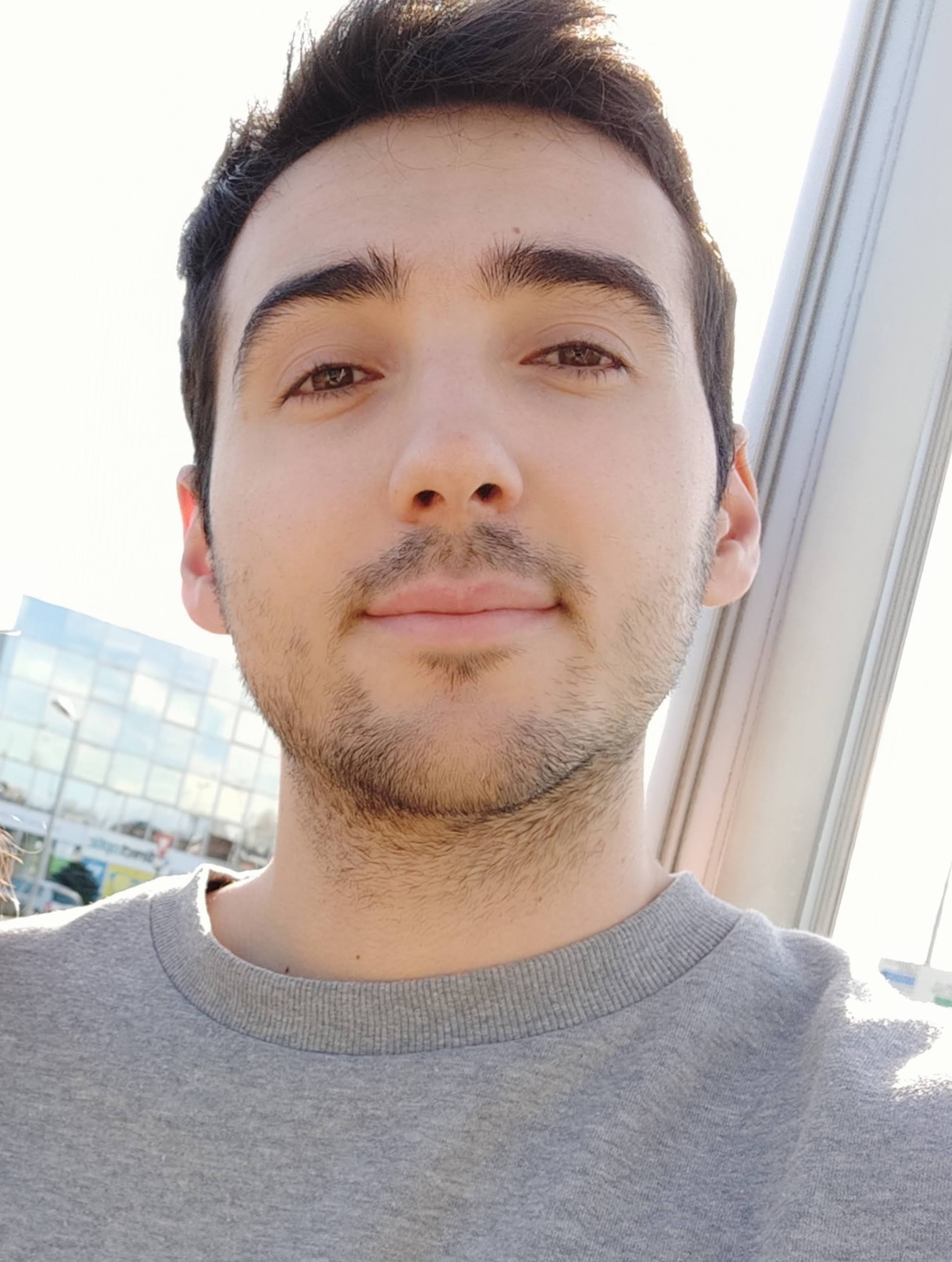
David Villegas Prados (PhD student)
Research lines: Electrospray thrusters, indirect diagnostics.
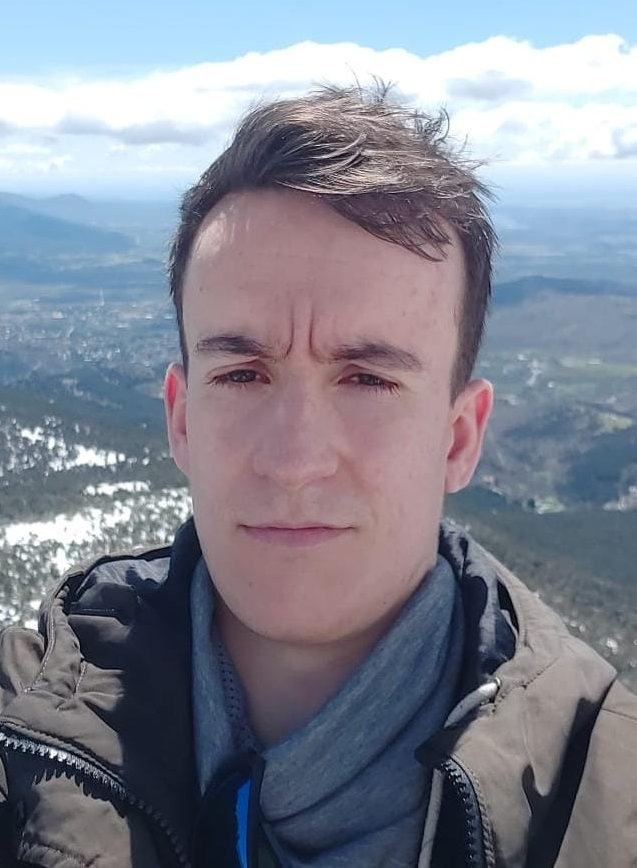
Borja Bayón Buján (PhD student)
Research lines: Data driven analysis, machine learning applied to plasma space propulsion.

Matteo Guaita (PhD student)
Research lines: Hybrid PIC/fluid modelling of electron thermodynamics in plasma plumes

Davide Poli (PhD student)
Research lines: Advanced 2D Fluid Modelling of Hall effect Thruster discharges

Simone Dalle Fabbriche (PhD student)
Research lines: Ion optics and plasma discharge in a radiofrequency ion thruster

Guillermo Cuerva Lazaro (PhD student)
Research lines: Hall effect thrusters, full PIC simulations, plasma instabilities and anomalous electron transport in Hall effect thrusters
